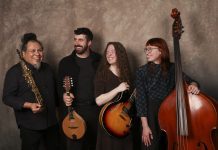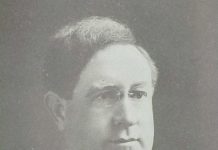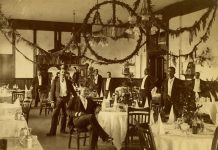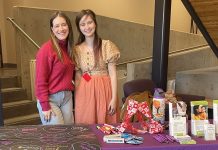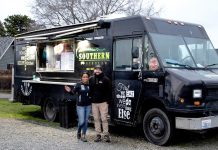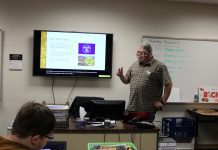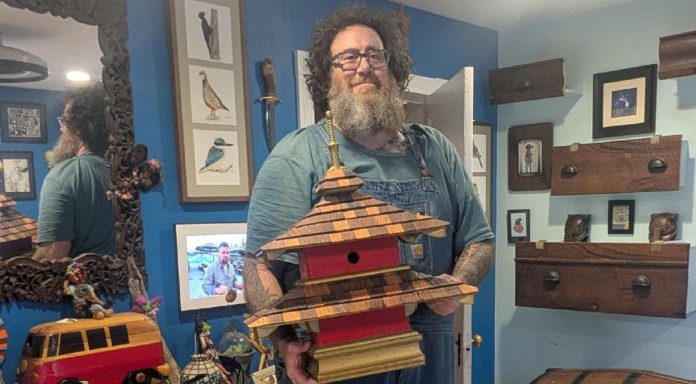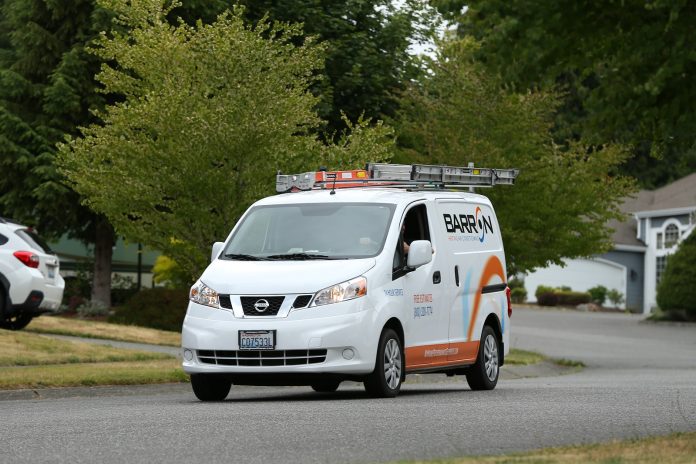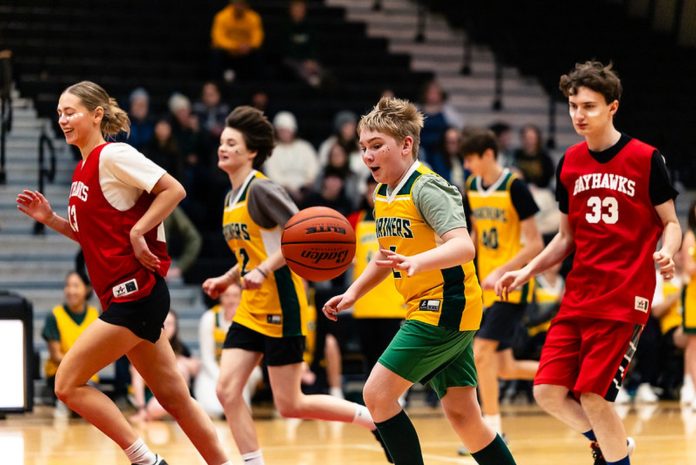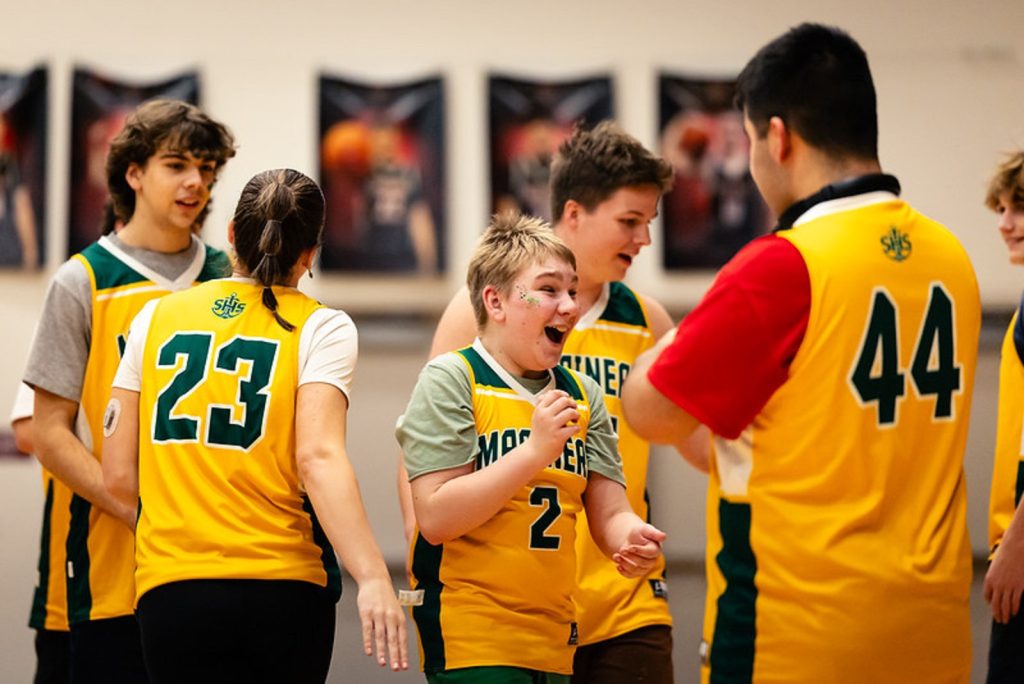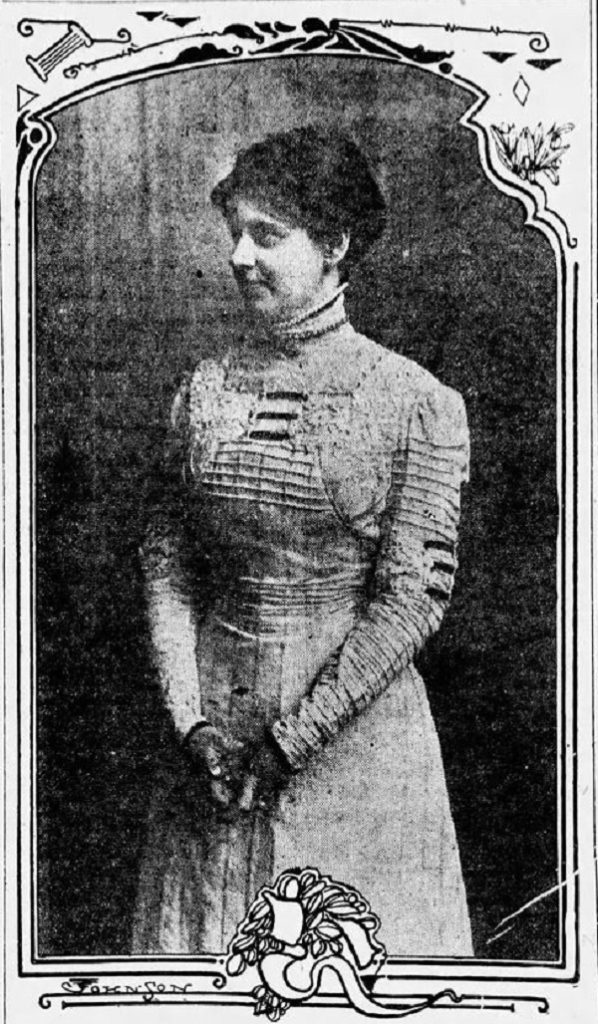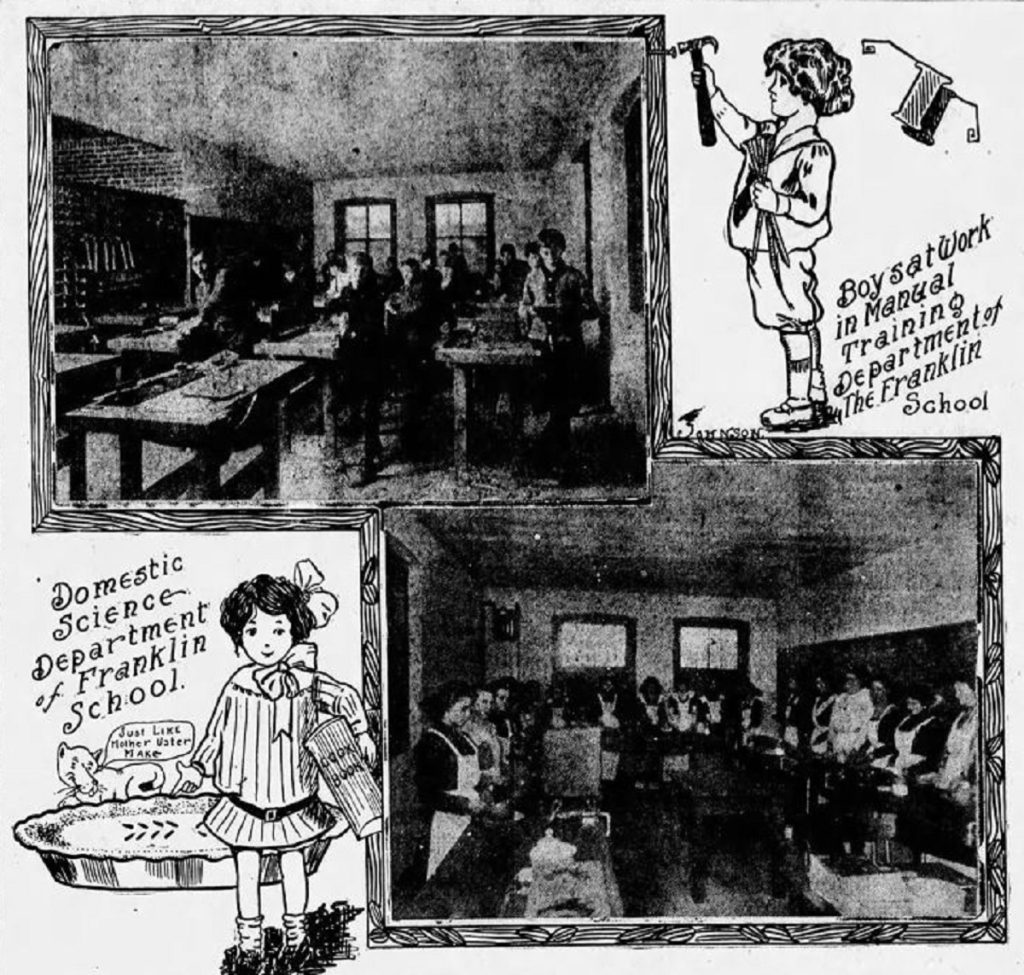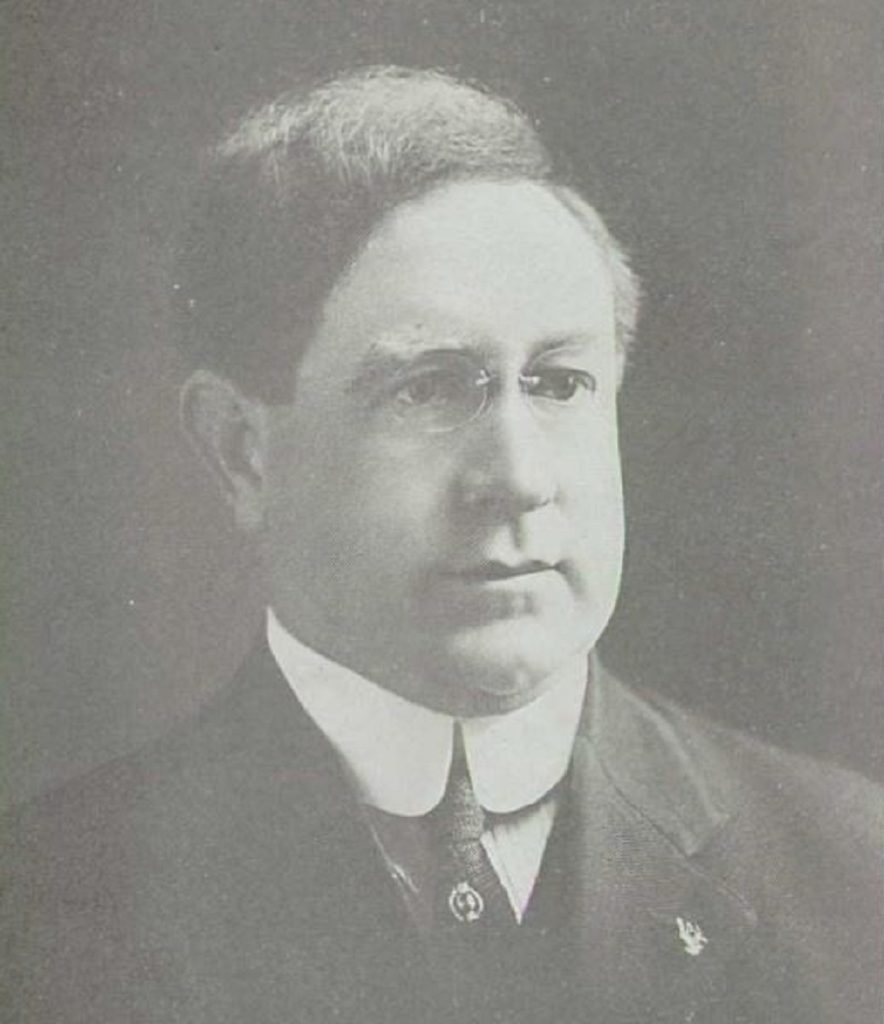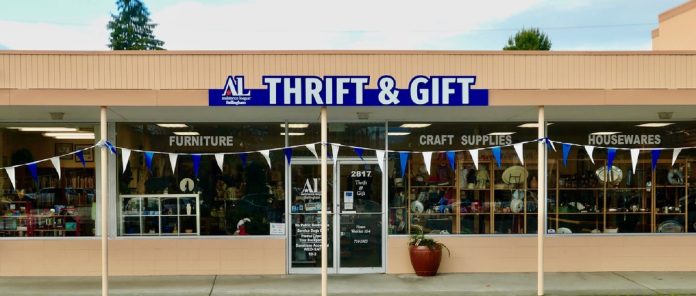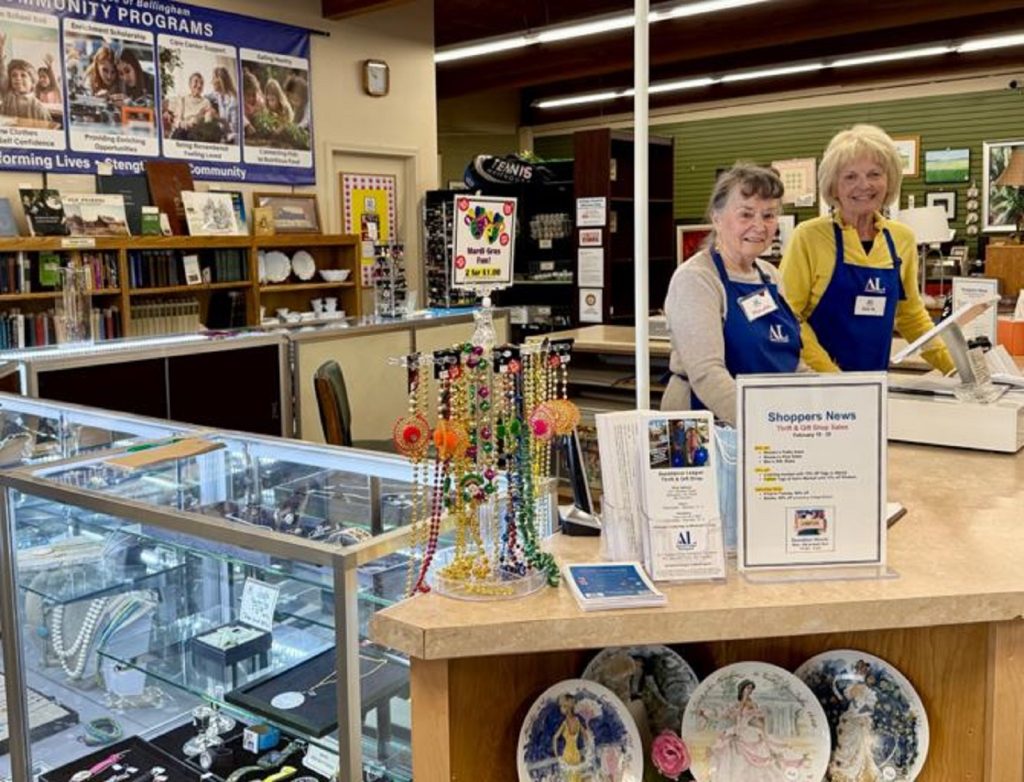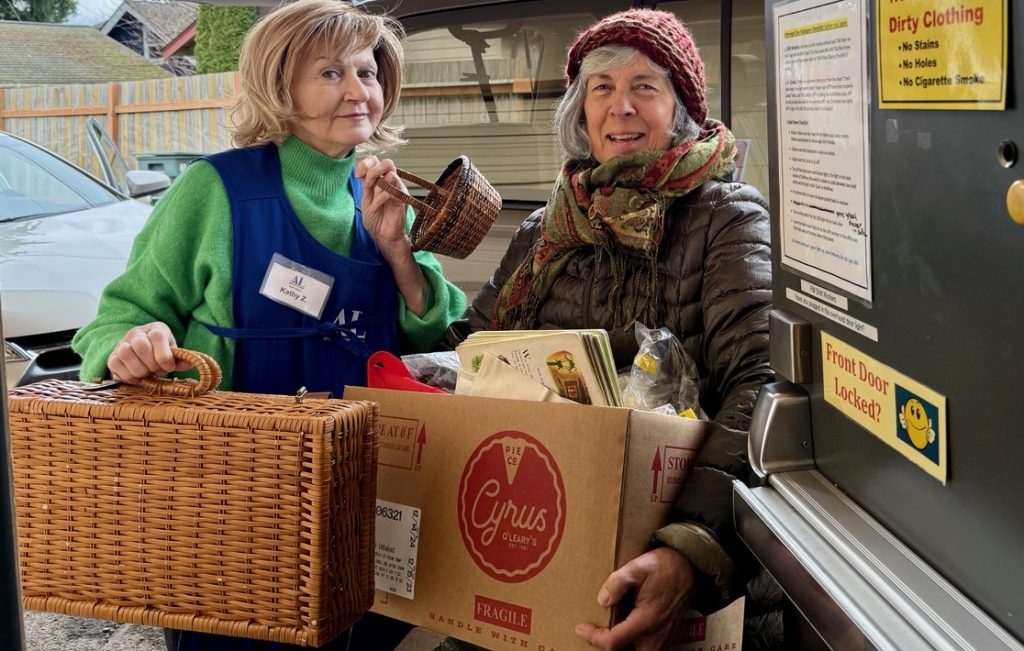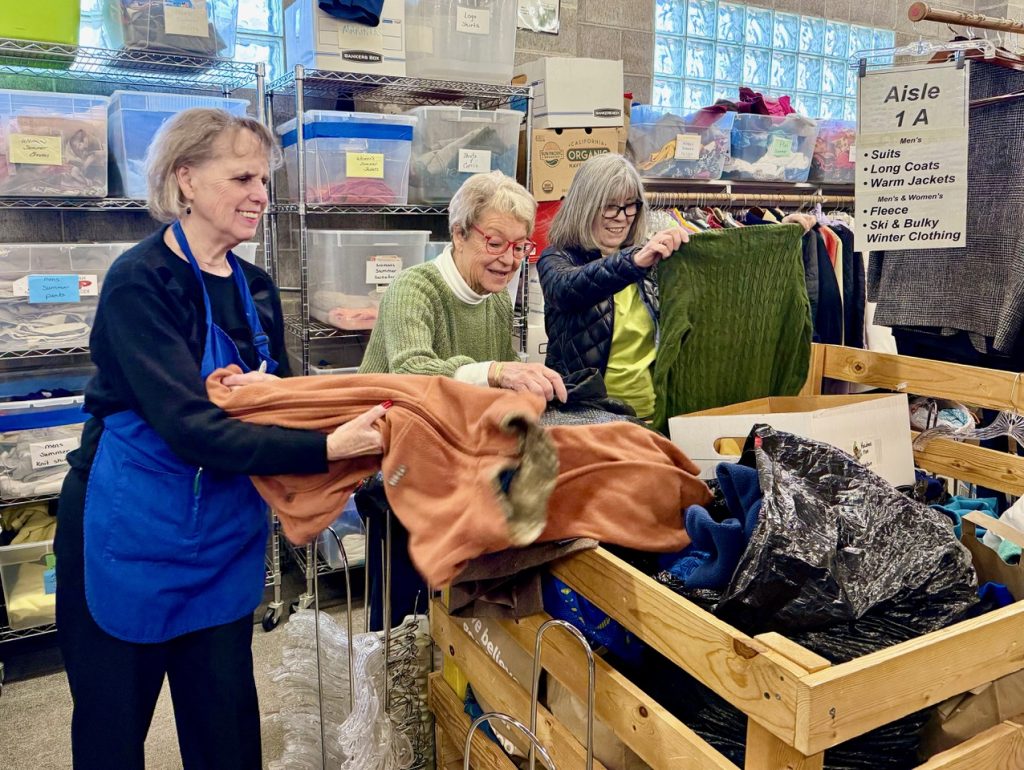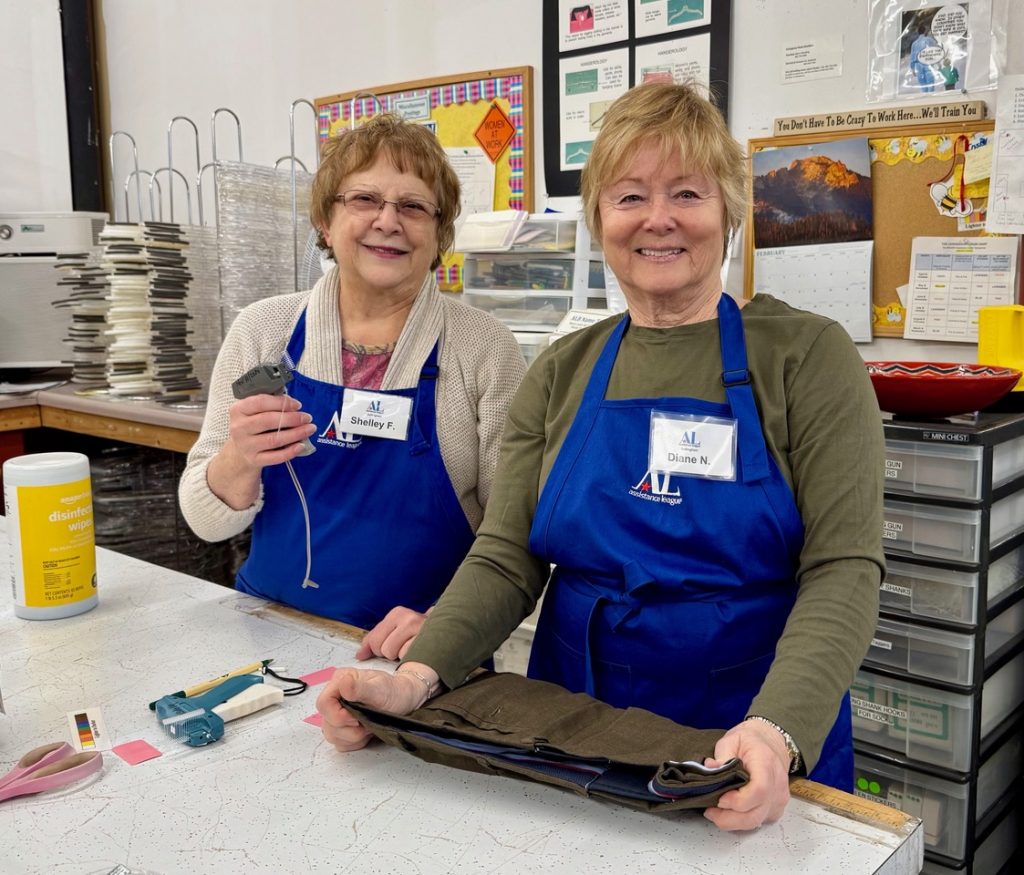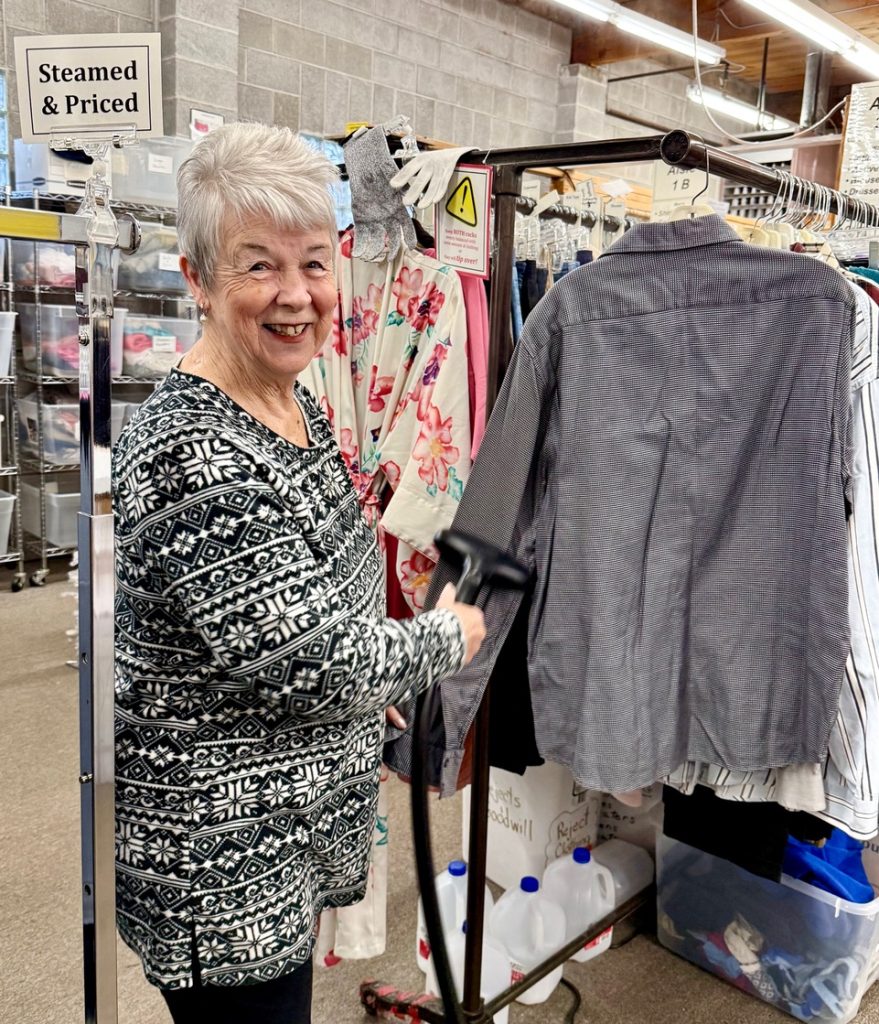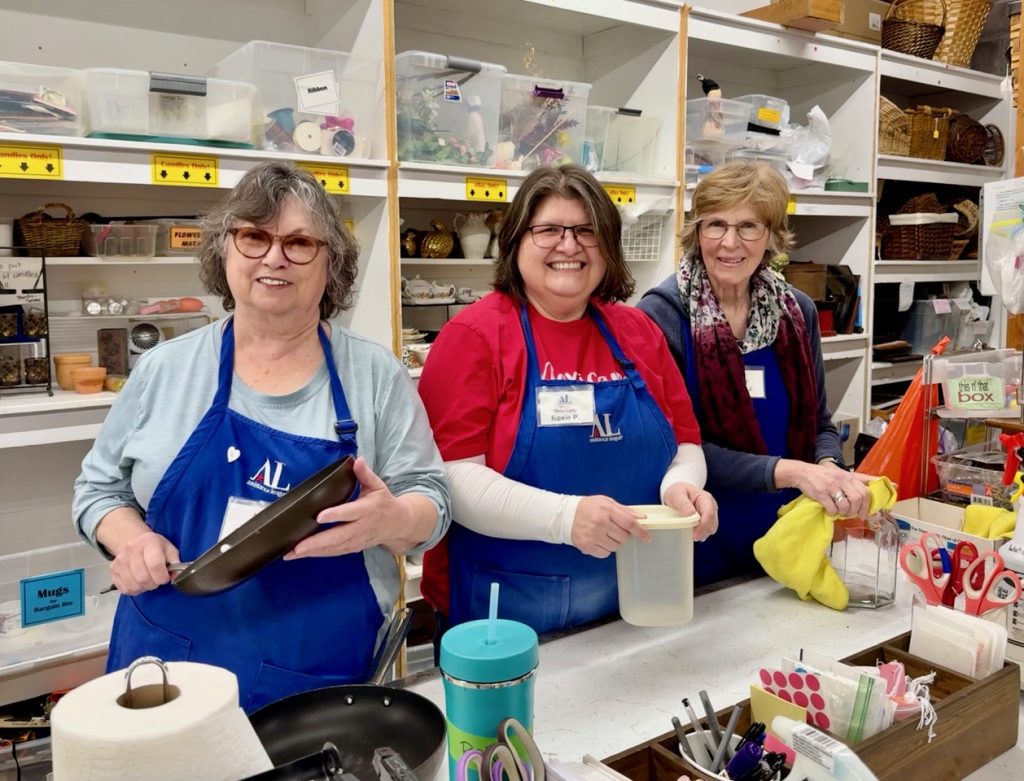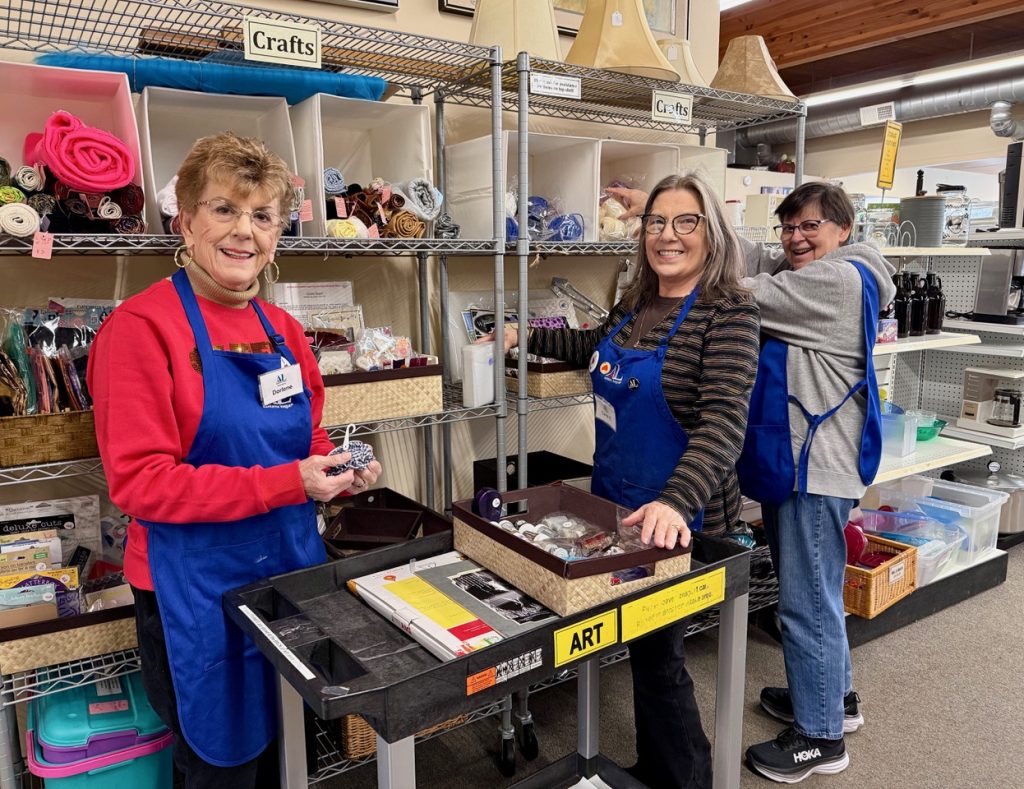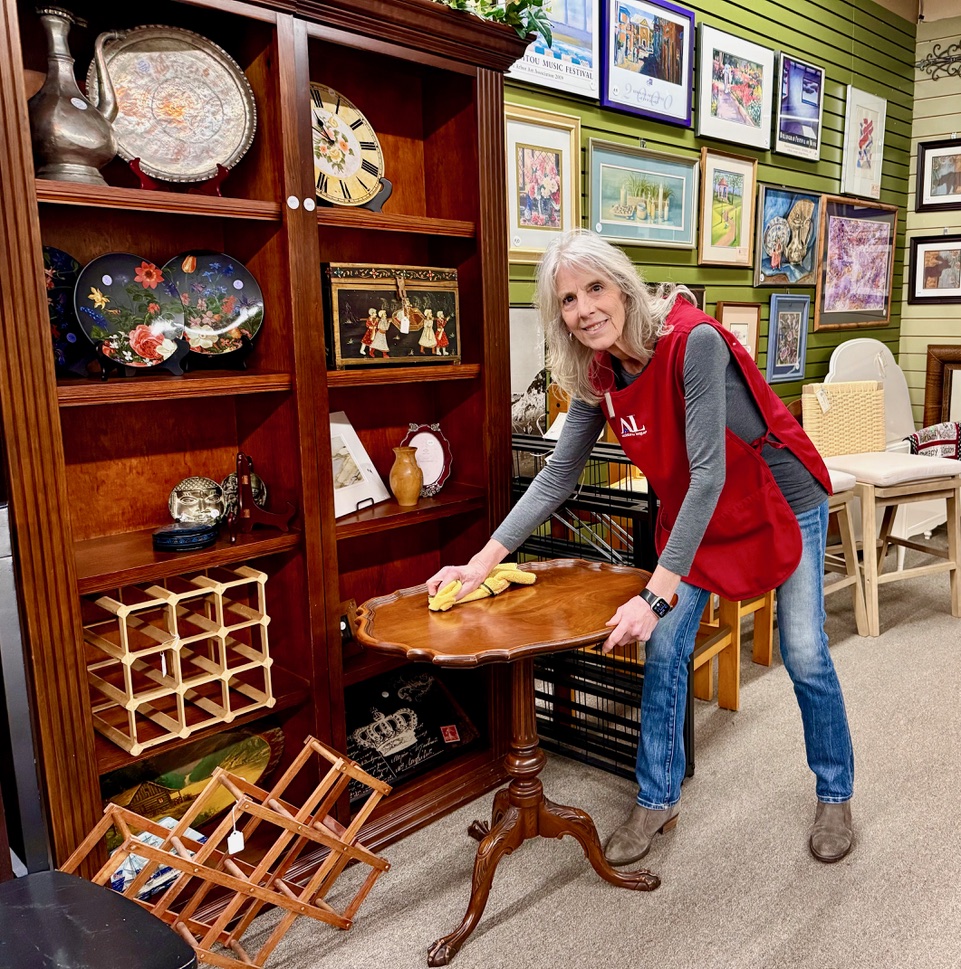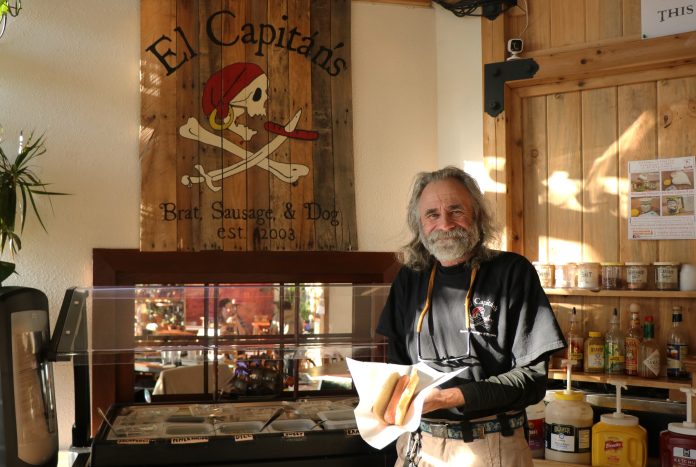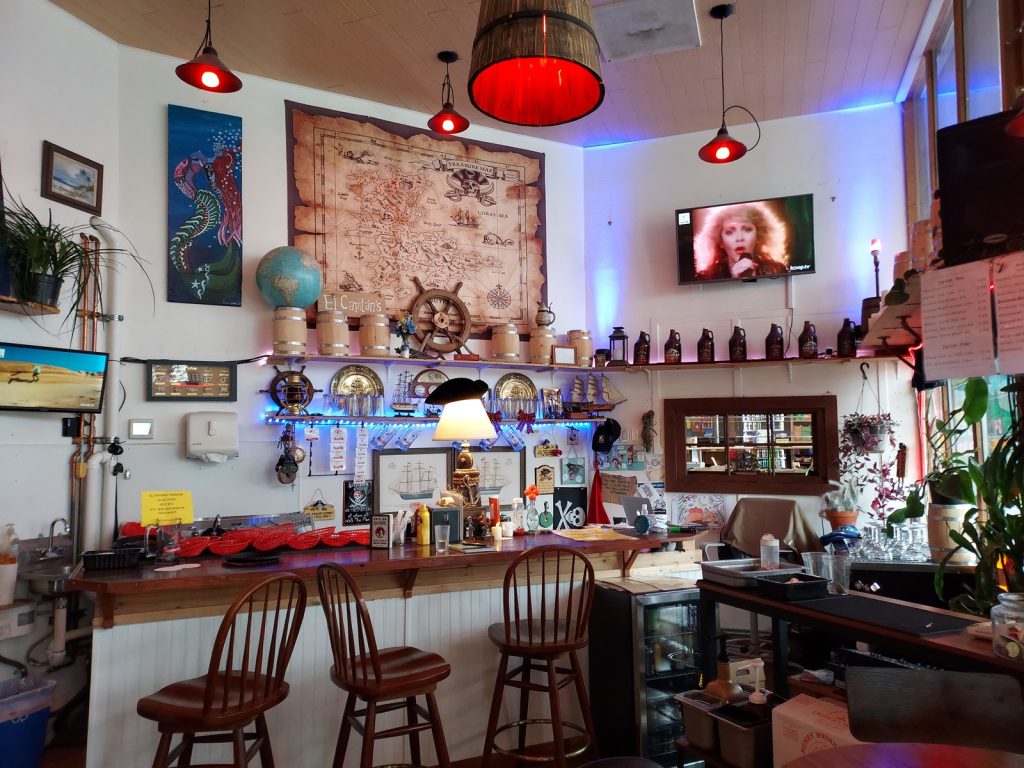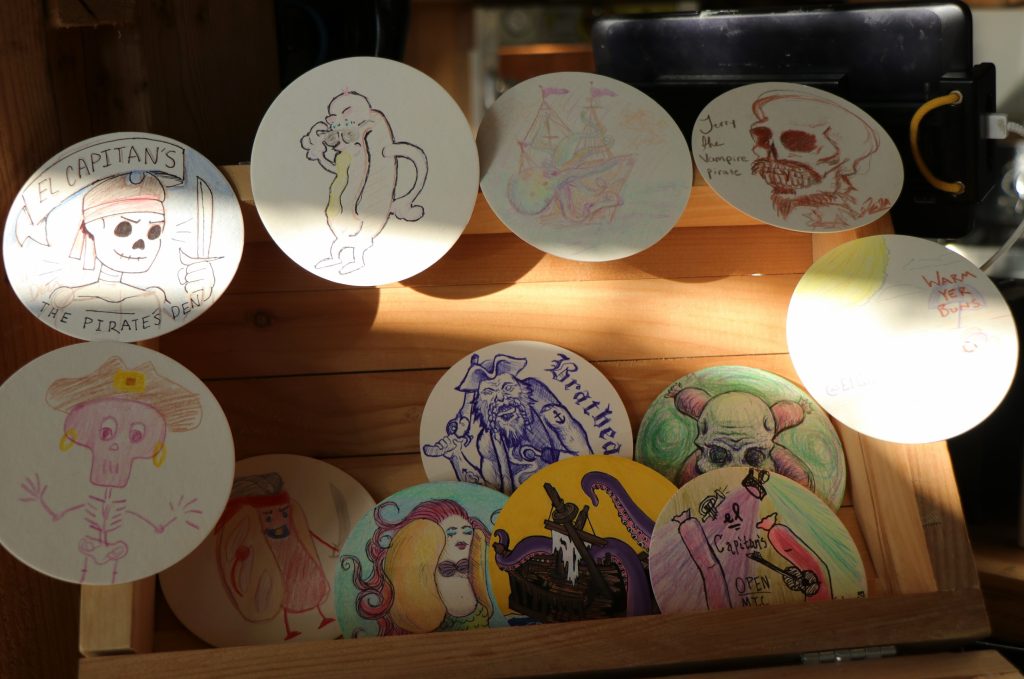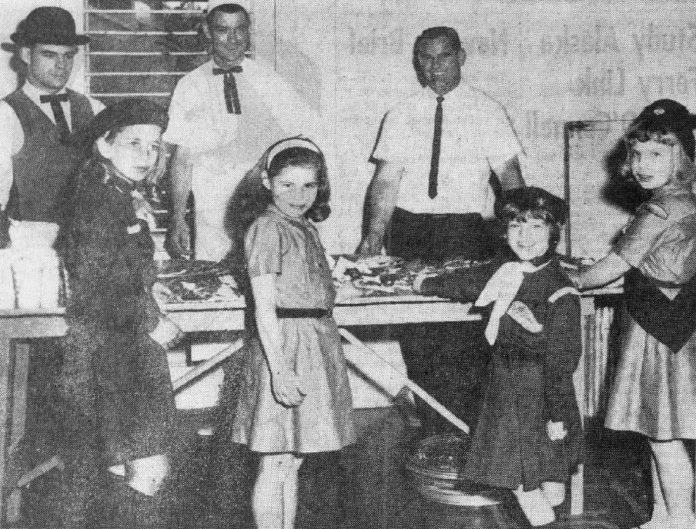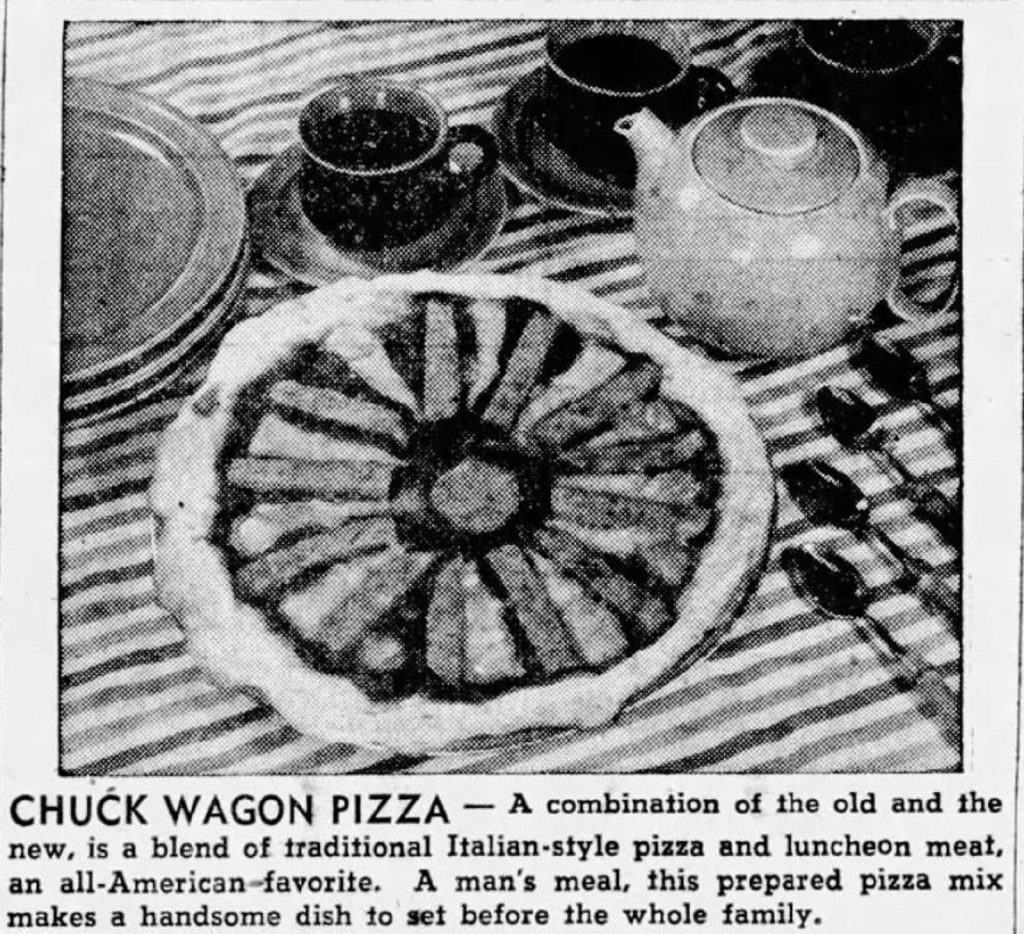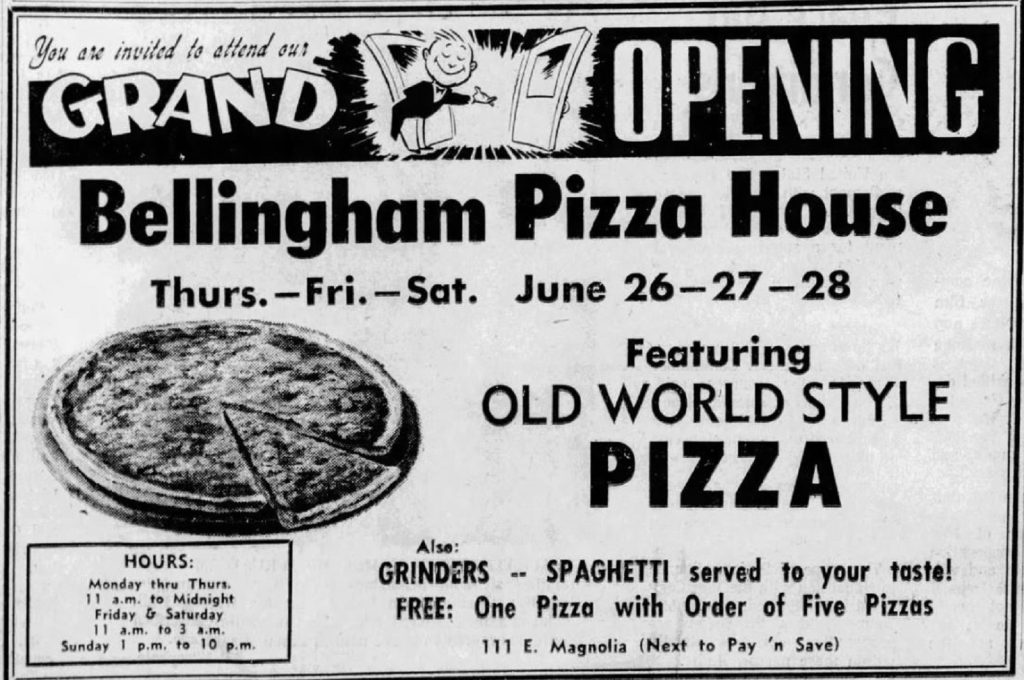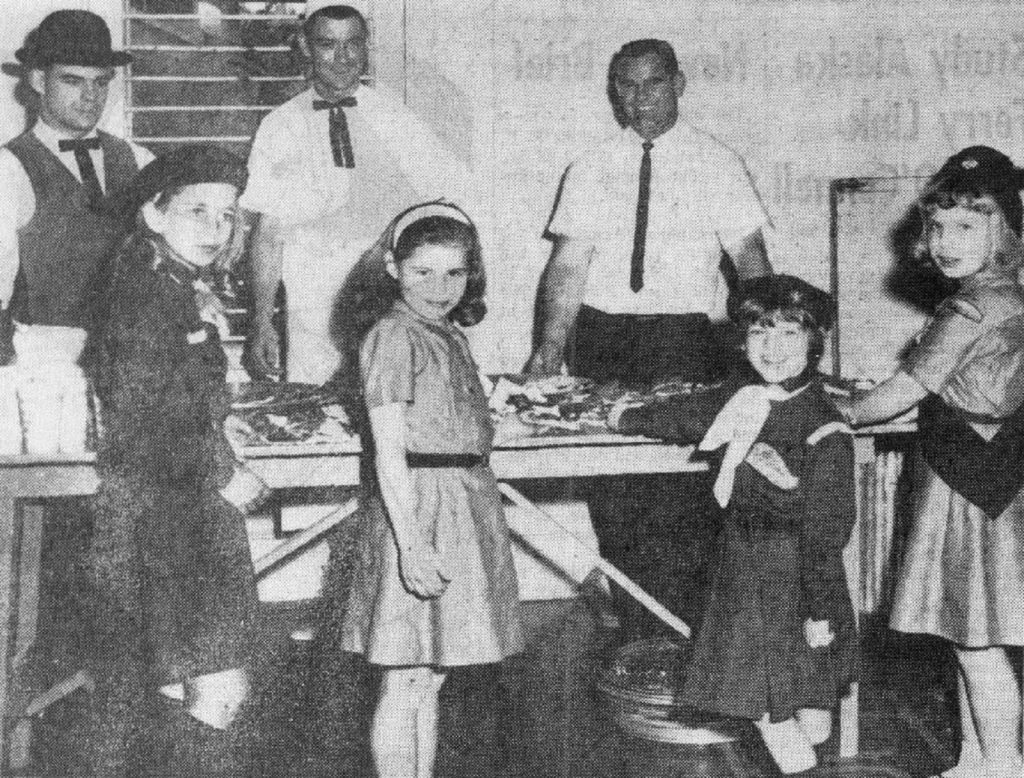Talk about downsizing. Bellingham’s Darrell Rosen downsized from building million-dollar residential homes to intricate birdhouses, resulting in beguiling structures lovingly and skillfully crafted.
It was no small feat. Darrell’s first structure was a pagoda, which was so beautiful that his teacher/artist wife, Jenn, insisted on pricing it so high that no one would ever buy it! Many of the 100 or so birdhouses he has built have been sold – or gifted – dotting our local landscape.
From Woodstock to Bellingham
Darrell is a local artist who began out on the East Coast. “I came from a really little town, Woodstock, New York,” he says with a question at the end of his voice, as if no one ever heard of Woodstock. To him, it’s the intentional artist’s colony started by Californians in the 1800s, not the site of that famous weekend musical fest. That would be a natural distinction since his mother is an artist and teacher, and his father has written and published two dozen books. Many of those are about sports, including one written with Phil Jackson, with whom he also coached.

Rosen grew up surrounded by writing, sports and art. He kicked around Woodstock for a while but then chose the Pacific Northwest. “I was doing random jobs, the kid at the local deli, and then I just decided to leave because it was that small-town thing where everybody knows your parents,” he shares.
The choice of the northwest was for the rain. “I like rain,” he says. Darrell’s original plan was to go to Evergreen and become a social worker. While there, he wandered onto a construction site and asked if any help was needed. He started by doing the scut work and moved up to working with carpenters who taught him how to use the tools and how to frame. “I learned how to lay out walls and how to build a wall all by hand. No nail guns were involved,” he says.
His love of fine craftsmanship was being instilled. Then, he got a job building wooden yurts in Eugene. “I fell in love with the colors of the wood grain and the smell of western red cedar,” he recalls. Darrell was cutting 500-piece floor packages and began taking home leftover pieces. “Reclaiming and rescuing became important to me,” he says. “It was the right thing to do if you were going to kill trees to take home scraps and build things for gardens.” He got a jigsaw and began scrolling and cutting cedar trunks, making animals and decorative shelves.
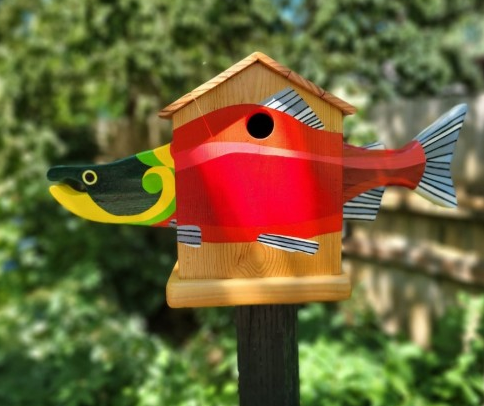
And the Fanciful Birdhouses Began to Appear
Then came the birdhouses. The first one, the pagoda, took 20 hours. Darell handmade all the shingles. Each one began to flow into the next. Inspiration comes from anywhere. “I might have an idea to make a VW van,” he says, “or I’m just working with the wood, and things happen. I see something that may be a base for something or a cool piece of metal that I want to use for the roof.”
Darrell looks at what he has and develops ideas. He draws those ideas with his fingers on a program on his phone. One of his most inventive was a Spanish Villa with Ferdinand, the famous children’s book character created by Munro Leaf, painted on it. He made that for his mom because she read that story to him as a child.

The houses are designed for small garden birds, the nesters that typically visit us here. He makes clever use of materials. Small electrical television conduit cable, cut and painted, became Ferdinand’s villa’s stucco tile roof. A mason jar became the searchlight on a lighthouse celebrating a wedding anniversary. There was even a little karma around that one since he used an internet image of a Cape Cod lighthouse, and it turned out to be the recipients’ exact favorite one! Another structure Darrell built withstood a 70-mile-an-hour windstorm in a garden. He builds each one with the same structural integrity as a full-size house.
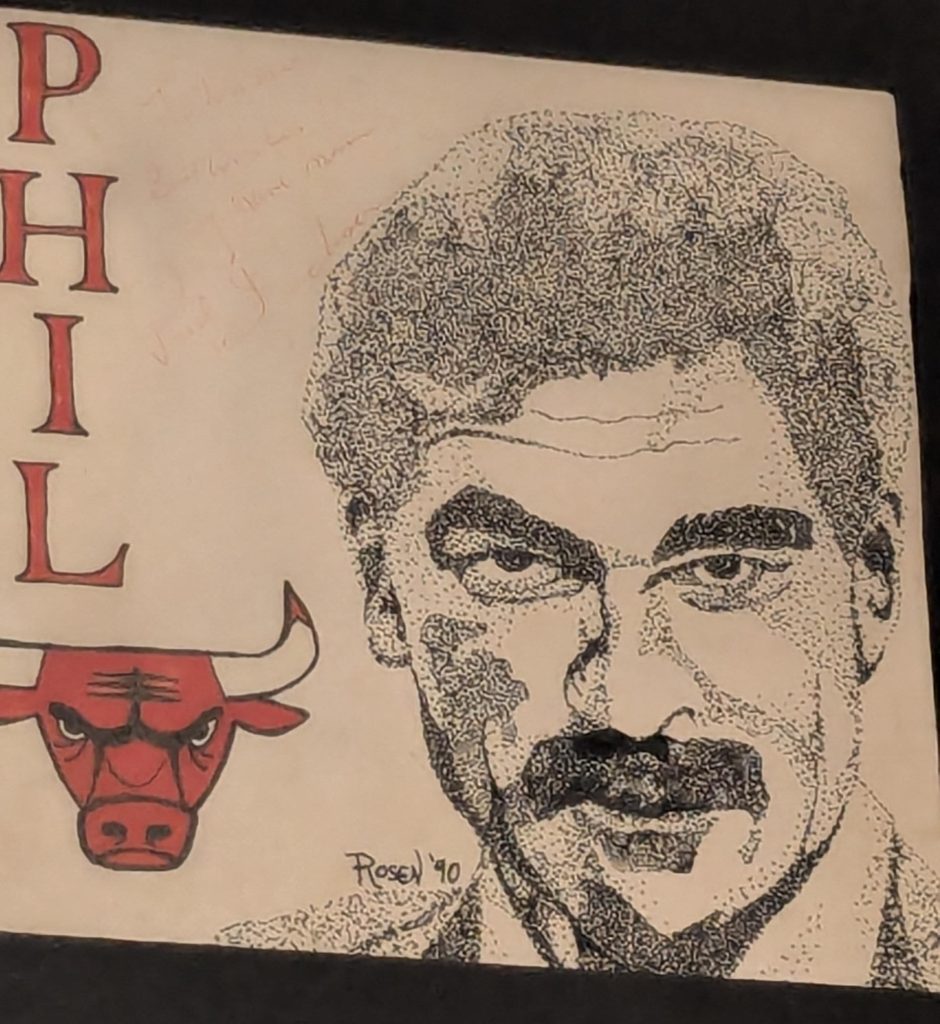
For the Bellingham Birds
Darrell also paints, so the birdhouses are beautiful. As a kid, he got to try everything from airbrushing to screen printing to clay to paper making to jewelry casting. He even got skillful at pointillism portraits in high school. When his dad was coaching basketball, Darrell would create portraits and sell them to the players. With his dad’s friendship with Phil Jackson, he did several of NY Knick’s players in the 1980s.
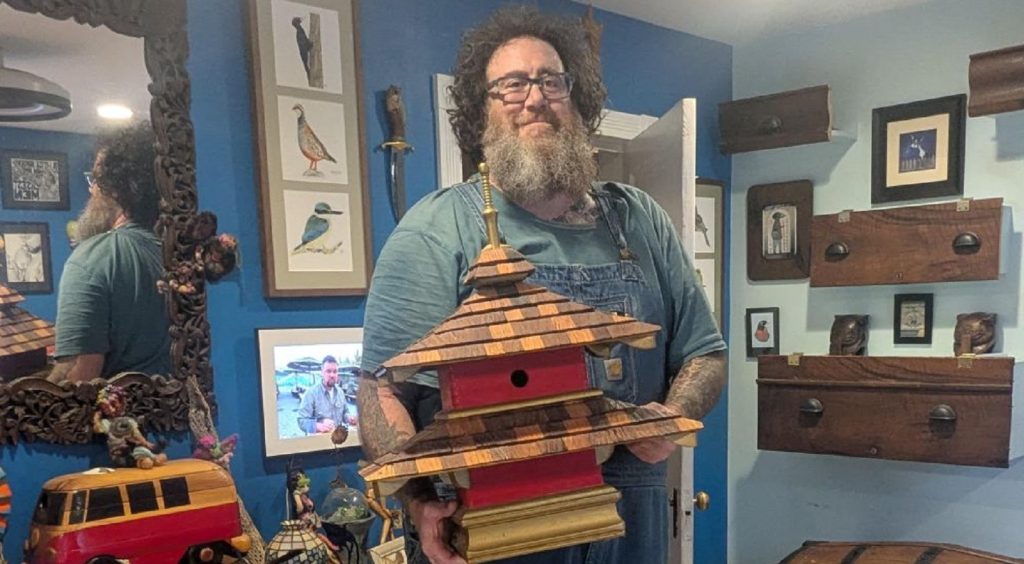
As he was perfecting his art, he also went to Western for a teaching certificate in multi-cultural history. While students in Whatcom County may not be benefiting from Darrell’s fascinating mind, the birds definitely have exceptional homes.
Darrell primarily sells his work locally. You can find him at the Sunnyland Stomp every summer and on Facebook Marketplace. So, feather your own nest with one of Darrell’s works of art and provide spectacular digs for the local avian community.



